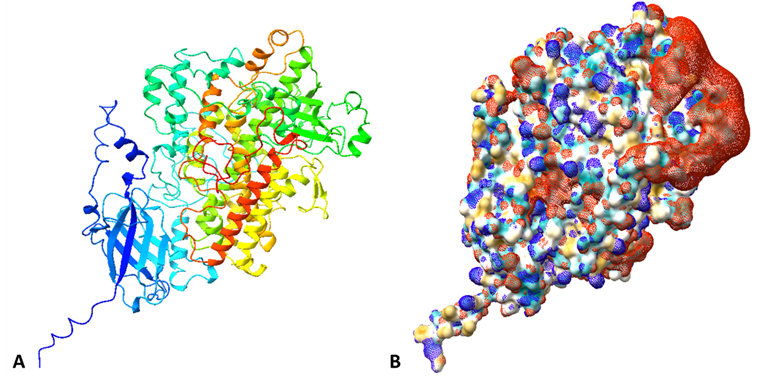Pro Tip: Heat treatments add potentially desirable toasted flavors to pulses but also stop the production of off-flavors due to lipoxygenase (LOX) activity during mixing and baking.
Using plant-based proteins from pulses in baked goods continues to increase in popularity with applications including egg replacement, formulating high-protein products and developing gluten-free cakes or breads.
The applications of plant-based proteins are diverse because they have reasonably good functionality, including the ability to form stable emulsions or gel when heated over their temperature of denaturation. However, common to most flours made from pulses, including peas, chickpeas and lentils, are undesirable earthy, beany and grassy flavors.
In this article, the development of these flavors during the baking process will be evaluated and suggestions made on how these flavors may be reduced when formulating baked goods with a specific emphasis on lipoxygenase (LOX), an enzyme that is responsible for many of the flavors generated from lipid oxidation in these flours.
 Figure 1: A - Native pea protein lipoxygenase (LOX) enzyme modeled in AlphaFold2 (P14856) and visualized in UCSF Chimera X. Coloring goes from the N to C terminal following the progression of blue, cyan, green, yellow and red; B - Electrostatic and hydrophobic surface environment of LOX at pH 7. Gold is hydrophobic surface area; cyan is hydrophilic. Red and blue mesh are the negative (-4 kT/e) and positive charges (+4 kT/e) on the protein in water at pH 7.
Figure 1: A - Native pea protein lipoxygenase (LOX) enzyme modeled in AlphaFold2 (P14856) and visualized in UCSF Chimera X. Coloring goes from the N to C terminal following the progression of blue, cyan, green, yellow and red; B - Electrostatic and hydrophobic surface environment of LOX at pH 7. Gold is hydrophobic surface area; cyan is hydrophilic. Red and blue mesh are the negative (-4 kT/e) and positive charges (+4 kT/e) on the protein in water at pH 7.Both pleasant and undesirable flavors or aromas in baked goods are largely the result of volatile organic compounds (VOCs). VOCs are chemicals, including alcohols, ketones, furanic compounds and others that can be present in the flour that is used, or they can form during mixing and baking.
Desirable flavors and aromas, such as burnt sugar and caramel, are associated with furanic compounds that form through Maillard reactions when baking bread and cakes with wheat flour. However, the presence of alcohols, especially hexanal, are related to common off-flavors in pulse flours.
Hexanal is produced in part due to the oxidation of polyunsaturated lipids that are naturally present in these flours or that might be added to dough and batter as part of the formula. LOX is an enzyme found in most pulses that speeds up the oxidation of these lipids, which leads to an increase in off-flavors when LOX is active.
There are several variants of LOX, but those found in legumes are optimally active around pH 8 and are still functional at lower pH values found in cake batter or bread dough. LOX starts acting as soon as harvest happens, and its activity increases when the plant germinates, so proper handling and storage of pulses is important to limit off-flavors from lipid oxidation.
During mixing, air is incorporated into the dough or batter and the LOX enzyme is mixed with other ingredients. In cake formulas, mixing leads to significant increases in VOCs that contribute to off-flavors. However, by adding pulse flour to the mixer later in the process and mixing as little as possible after the addition of the pulse flour, a reduction hexanal is observed.
VOCs from lipid oxidation are also found in finished baked goods, and they are higher in pulse-based products than wheat-based products. However, since LOX is a major contributor to VOCs, methods that inactivate the enzyme show promise in reducing off-flavors.
Heat treatments, like toasting whole pulses or their flour, are the easiest methods to inactivate LOX. Even short heat treatments of two minutes and 55°C can lead to a reduction in LOX activity; slightly higher temperatures and times can almost completely inactivate the enzyme (temperature of denaturation is about 67.6°C), reducing off-flavors in baked goods. Heat treatments also work by adding potentially desirable toasted flavors to the pulses, but they also stop the production of off-flavors due to LOX activity during mixing and baking.
Harrison Helmick is a PhD candidate at Purdue University. Connect on LinkedIn and see his other baking tips at BakeSci.com.
His research is conducted with the support of Jozef Kokini, Andrea Liceaga, and Arun Bhunia.
[KM1]Taryn, insert graphic here.





